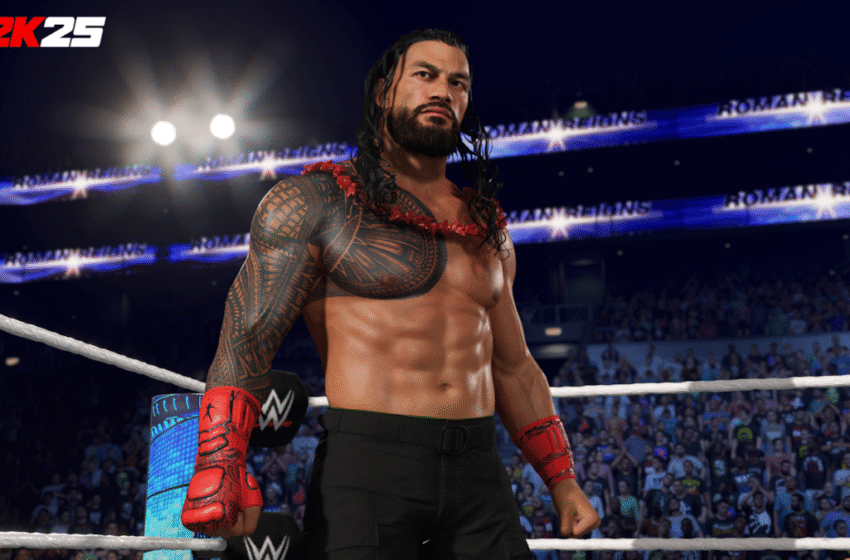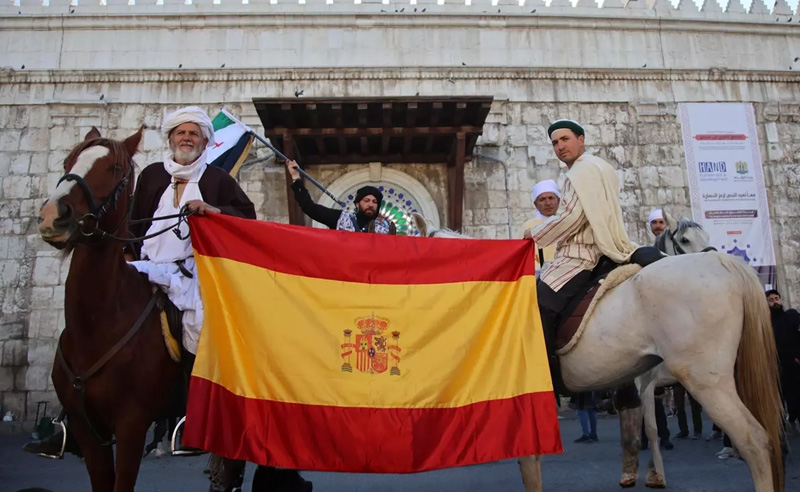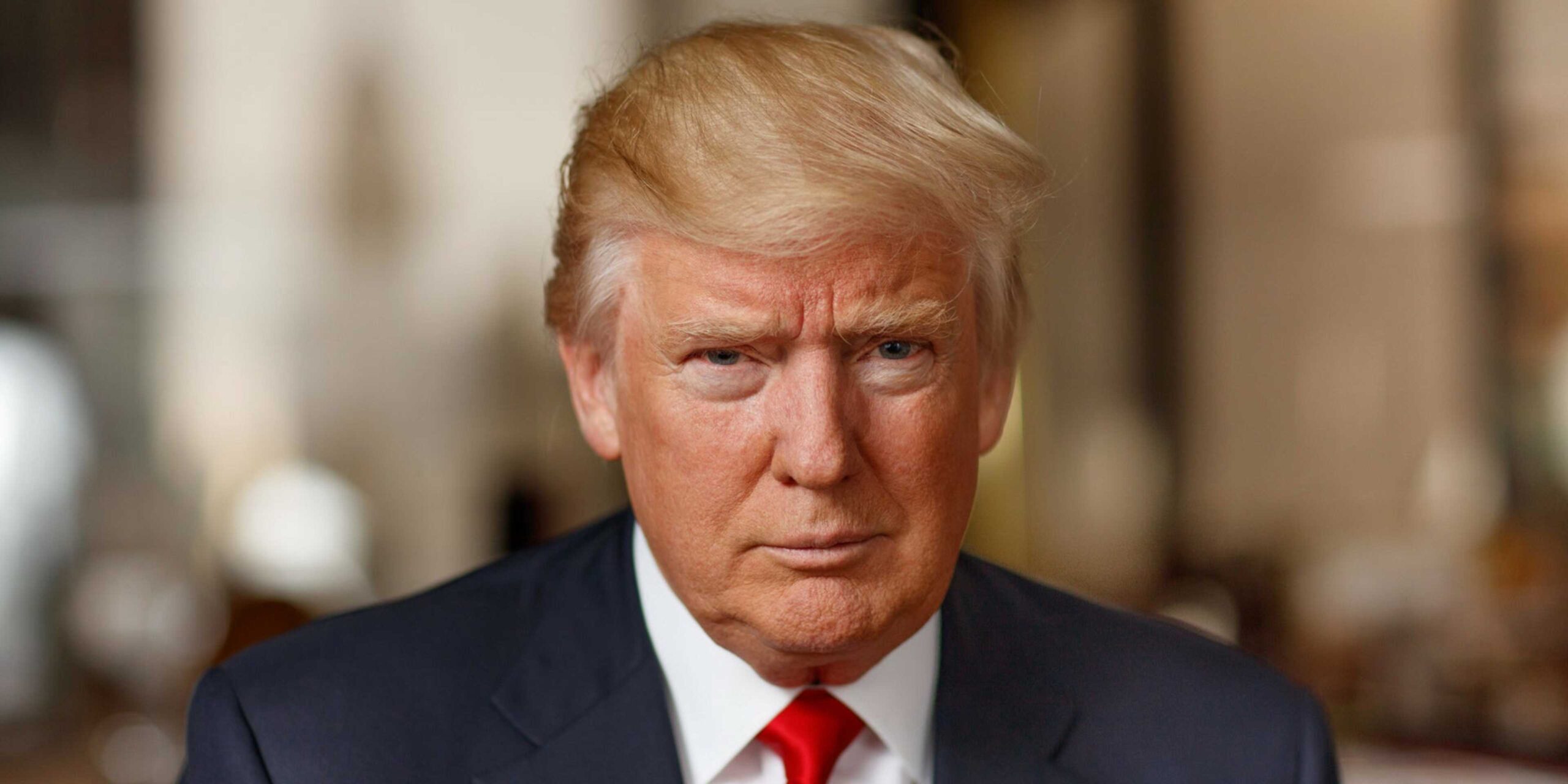Did Roman Reigns really condemn attacks on Iran and Palestine? Here’s the truth

Roman Reigns AI deepfake exposed by Dubawa
A video claiming that WWE superstar Roman Reigns publicly condemned attacks on Iran and Palestine has gone viral on social media, triggering strong reactions across the globe.
But is the footage real?
Fact-checking platform Dubawa has confirmed that the widely shared clip is completely AI-generated and misleading, adding to growing concerns about artificial intelligence being used to spread political misinformation online. The clip, which portrays Reigns speaking emotionally about Middle Eastern conflicts, has been shared without context or verification.
According to Dubawa’s official investigation published here, the video lacks any traceable origin from a verifiable news source, event, or public statement made by Reigns. The footage appears to be generated using deepfake tools that mimic his facial expressions and voice, but subtle discrepancies—such as unnatural lip movements and inconsistent audio—indicate that it is not genuine.
Deepfake content like this is part of a rising trend where AI is being misused to impersonate celebrities, politicians, and influencers in order to sway public opinion or fuel propaganda. In recent months, similar videos have emerged impersonating global figures such as Barack Obama, Vladimir Putin, and even Pope Francis.
Experts warn that as these technologies become more sophisticated, it becomes increasingly difficult for the average person to tell real from fake.
This particular case is especially concerning because of the massive global reach of WWE and Roman Reigns, who commands a fanbase of millions across various platforms.
A fabricated political statement coming from someone with such a wide following can spread disinformation rapidly—especially among fans who may not be aware that the clip has been falsified. This is why Dubawa’s fact-check plays a vital role in helping social media users distinguish between credible content and AI-manipulated fabrications.
So how can you tell if a video is AI-generated?
Dubawa outlines a few key indicators. Look for lip-syncing issues, where the words don’t perfectly match the movement of the mouth. Also watch for strange blinking patterns, unnatural lighting around the face, or robotic-sounding voice modulation. If a video makes sensational claims but cannot be found on verified news platforms or the person’s official accounts, that’s a red flag.
In the case of Roman Reigns, there is no credible evidence that he made such a statement, and neither WWE nor any major media outlet has published or acknowledged the clip. That alone should raise suspicion. Social media users are advised to fact-check before sharing content—especially when it could inflame already tense geopolitical issues.
Ultimately, this incident underscores the need for stronger digital literacy and greater accountability on platforms where fake content thrives. As artificial intelligence becomes more accessible, fact-checkers like Dubawa, AFP, and others will remain essential in protecting the truth and safeguarding public discourse.




